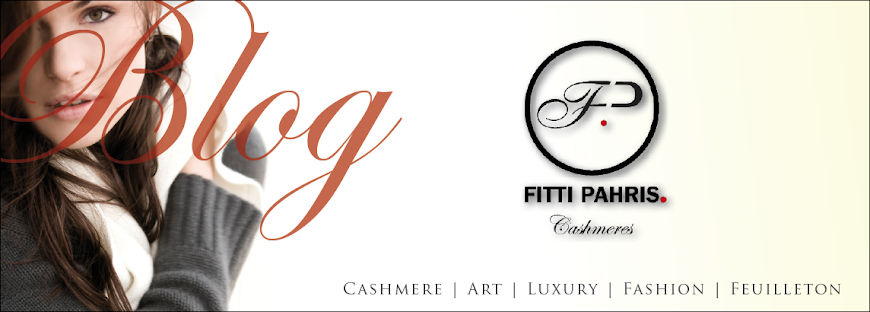


Though fashion blogs have been around for awhile, their influence and recognition in the world of fashion and culture are increasing at great pace. THE blogger icon Gunnar Hämmerle has been publishing his blog StyleClicker (www.styleclicker.com) since 2006. The complete assortment of his published photographs has now been brought to the museum with the exhibit “StyleClicker City – People of the 21st Century“, at Dusseldorf’s NRW-Forum.
Here, his pictures are not hung in classic frames on the white museum walls but are instead digitally projected onto large white screens. The life-size images of the people photographed, along with the added sound of crowded streets, thus appear to be present and awaiting critical evaluation from the spectator: Like or Dislike, that is the question! Whether it is the girl next door or the handsome guy from the mall or icons like Marc Jacobs or Sara Nuru, it seems as if everybody becomes the focus of his works. Gunnar Hämmerle told Elle Magazine that the pristine individuality of every individual is what creates true style and not what is commonly considered as fashionable. Only fashion that reflects the unique personality of the wearer makes it to his strong photographs.
The display of fashion blog photographs in the setting of a museum shows one significant step bloggers took away from the old image as ”leisure journalists” and ”after-work photographers”. Things have clearly changed this time. Bloggers like Diane Pernet (A shaded view of fashion) have become a driving force in the fashion discourse and have even made their way to the Fashion Weeks’ first rows, rightfully next to an Anna Wintour. In a time of constant change and progress, blogs are able to react immediately and the content can be changed and updated constantly from and to any location in the world. Print media is bound to its publishing schedule and readers are hardly able to step in and engage in a direct discussion on the content, re-post it or comment on it. This alone allows trends and tendencies to spread much faster than ever before.
But what is the downside of this type of journalism? Today, quite obviously, quality journalism isn’t the common standard on the web. Online media, especially blogs, are often based on little research and undergo little editorial verification. Typing errors and an uncomfortable reading fluency are the result of the breathless haste of this media. Whereas print media has to undergo much more intense research, the quality of blogs is much harder for the reader to judge. At the same time, however, this type of publication alone caused the first scratches on the glamorous and shiny cover of the fashion industry. Through much more in-depth reflection and revelations.
Gunnar Hämmerle, the focus of the above exhibition, does not show fashion in perfection. His perfection, rather, is the individuality of peoples’ styles. They show the extraordinary in the ordinary of every day. This individuality in style is, as one way of personal expression, a result of the need to live and evoke emotions. Through your clothes, your photographs, or blog. It is this individuality and passionate expression that enriches our lives, not the perfection in its result. Therefore, Gunnar Hämmerle’s journalism focuses not on “Fashion of Perfection”, but rather on the passion of the individual style that creates perfection. In this, one can see the perfect reflection of the philosophy of Fitti Pahris Cashmeres:
Passion Of Perfection.
Guest Editor: Tina-Marie Adam, Institute for Fashion Journalism, AMD Germany.
